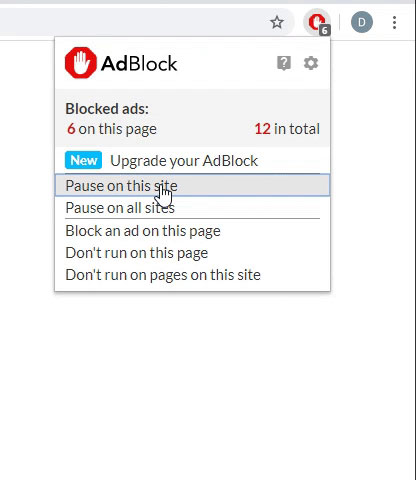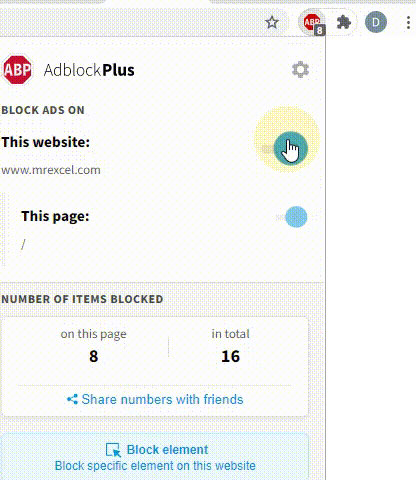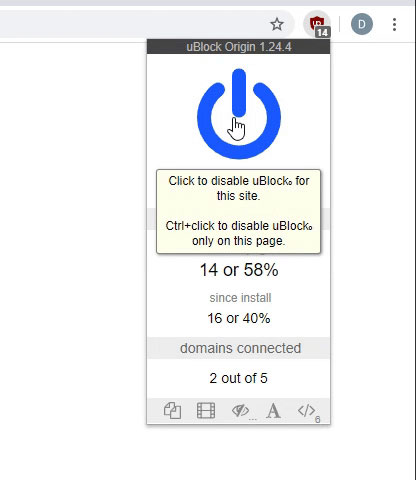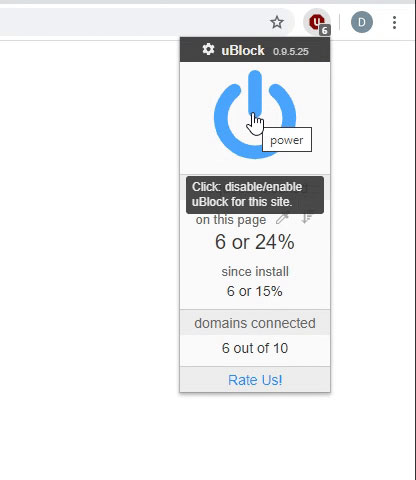santa12345
Board Regular
- Joined
- Dec 2, 2020
- Messages
- 91
- Office Version
- 365
- Platform
- Windows
Hello.
Currently I have a process in place where in Access, I have a customer database. The customer database is a single locally stored database on my computer with no links to any other external databases on a server, all information resides within this one database. Within the customer database, I then use a form I created. The form simply has a button to run some vb script. The script then runs a series of queries pulling data from various other tables (customer address, customer purchases, etc... using [Forms]![Form1]![customer_id] and after each table query, exports to an excel customer id template file and renames the excel template file to the actual customer id.xls, etc.. and loops until I get thru the entire customer id table list. Usually around 2500-3000 customers.
Initially, it currently takes approx 1 minute per file to generate. Very Acceptable!!
Unfortunately, after around 500'ish files are generated, the process tends to start lagging. Taking 2,3,4 sometimes 5 minutes a file to generate. Before I just replace the workstation with a possibly faster processor, and try that, I am wondering if the current commands I am using are still "up to date" or if there is a better / more efficient way to do this.
I am basically using DoCmd.OpenQuery and DoCmd.TransferSpreadsheet acExport, acSpreadsheetTypeExcel8 commands to accomplish this.
I do have sleep commands between each OpenQuery command. So after running the Customer Address query, capturing that data and exporting to the template, Sleep (2000), and then start running the Customer Purchases query for example. I believe I added this due to getting a customer id template.xls file already in use type message in the past.
The code was written using the following:
Microsoft Access Database (.accdb) Access 2016 File Format and Excel 97-2003 Worksheet
Any suggestions / ideas would be greatly appreciated. Thank you.
Currently I have a process in place where in Access, I have a customer database. The customer database is a single locally stored database on my computer with no links to any other external databases on a server, all information resides within this one database. Within the customer database, I then use a form I created. The form simply has a button to run some vb script. The script then runs a series of queries pulling data from various other tables (customer address, customer purchases, etc... using [Forms]![Form1]![customer_id] and after each table query, exports to an excel customer id template file and renames the excel template file to the actual customer id.xls, etc.. and loops until I get thru the entire customer id table list. Usually around 2500-3000 customers.
Initially, it currently takes approx 1 minute per file to generate. Very Acceptable!!
Unfortunately, after around 500'ish files are generated, the process tends to start lagging. Taking 2,3,4 sometimes 5 minutes a file to generate. Before I just replace the workstation with a possibly faster processor, and try that, I am wondering if the current commands I am using are still "up to date" or if there is a better / more efficient way to do this.
I am basically using DoCmd.OpenQuery and DoCmd.TransferSpreadsheet acExport, acSpreadsheetTypeExcel8 commands to accomplish this.
I do have sleep commands between each OpenQuery command. So after running the Customer Address query, capturing that data and exporting to the template, Sleep (2000), and then start running the Customer Purchases query for example. I believe I added this due to getting a customer id template.xls file already in use type message in the past.
The code was written using the following:
Microsoft Access Database (.accdb) Access 2016 File Format and Excel 97-2003 Worksheet
Any suggestions / ideas would be greatly appreciated. Thank you.






